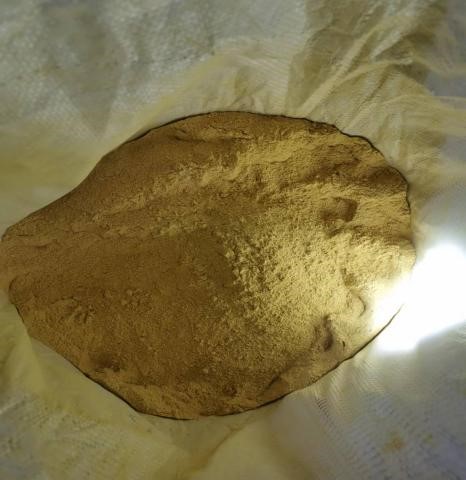



what chemical is used to treat water
Chemicals Used to Treat Water Ensuring Clean Drinking Water
Water is an essential resource for all forms of life, and the necessity of clean, safe drinking water cannot be overstated. To provide potable water, various chemical treatments are employed in water treatment facilities. These chemicals play critical roles in disinfection, removing contaminants, and improving water quality. In this article, we will explore several key chemicals used to treat water, their functions, and the importance of each in ensuring water safety.
Chlorine The Super Disinfectant
One of the most widely used chemicals in water treatment is chlorine. Chlorine is effective in killing bacteria, viruses, and other microorganisms that can cause waterborne diseases. Traditionally, water treatment facilities add chlorine in the form of gas, but it can also be applied as sodium hypochlorite (liquid bleach) or calcium hypochlorite (granulated form).
The disinfection process involves adding a specific amount of chlorine to the water, which then reacts with the contaminants. This reaction not only kills harmful pathogens but also leaves a residual concentration of chlorine in the water, which helps maintain disinfection as it moves through the distribution system. However, it’s important to monitor chlorine levels, as excessive amounts can lead to toxic byproducts such as trihalomethanes (THMs), which may pose health risks.
Ozone The Powerful Oxidant
Ozone (O₃) is another effective chemical used in water treatment. Unlike chlorine, ozone is a powerful oxidant that can remove organic contaminants and improve the overall quality of the water. Ozone treatment involves generating ozone from oxygen in a specialized generator, which is then infused into the water.
One of the significant advantages of ozone is that it decomposes back into oxygen and does not leave harmful residues. It effectively inactivates bacteria and viruses, and can also help with color removal and taste improvement. However, ozone must be generated on-site, which can be a costly process. Furthermore, because it does not provide a residual disinfectant, water post-treatment must be consumed or used shortly after ozone treatment.
Coagulants Clumping Contaminants
what chemical is used to treat water

Coagulants are essential chemicals used in the sedimentation process, which is critical for removing suspended particles from water. The most common coagulant is alum (aluminum sulfate), although ferric sulfate is also used.
When coagulants are added to water, they react to form larger particles, or “flocs,” by neutralizing the charges on particles that are suspended in the water. These flocs then become heavy enough to settle at the bottom of treatment tanks, allowing for easier removal. This process significantly reduces turbidity and improves the clarity of the water. Proper dosing and mixing of coagulants are crucial for maximum efficiency, as over or under-dosing can lead to insufficient treatment.
Activated Carbon Adsorption Specialist
Activated carbon is a versatile chemical used primarily for its adsorption properties. It is effective at removing organic compounds, chlorine, and other taste and odor-causing substances from water. This material has a large surface area and porous structure, allowing it to trap impurities as water passes through it.
Granular activated carbon (GAC) is often used in water treatment as a filtration medium. Not only does it enhance the taste and odor of the water, but it also helps in removing harmful contaminants such as pesticides and industrial solvents. Activated carbon filters are typically used in both municipal water treatment plants and residential water purification systems.
Conclusion The Importance of Water Treatment Chemicals
The use of chemicals in water treatment is vital for ensuring that water is safe for human consumption. Each chemical serves a specific purpose, from disinfection with chlorine and ozone to the removal of particles with coagulants and improvements in taste and quality through activated carbon.
However, the application of these chemicals must be carefully managed to avoid potential health risks associated with their overuse, and constant monitoring is essential to ensure water quality remains at optimal levels. As communities continue to face challenges related to water supply and health, investing in effective water treatment technologies and practices will remain a priority for safeguarding this precious resource.
-
Why Sodium Persulfate Is Everywhere NowNewsJul.07,2025
-
Why Polyacrylamide Is in High DemandNewsJul.07,2025
-
Understanding Paint Chemicals and Their ApplicationsNewsJul.07,2025
-
Smart Use Of Mining ChemicalsNewsJul.07,2025
-
Practical Uses of Potassium MonopersulfateNewsJul.07,2025
-
Agrochemicals In Real FarmingNewsJul.07,2025
-
Sodium Chlorite Hot UsesNewsJul.01,2025










